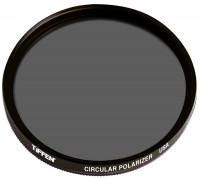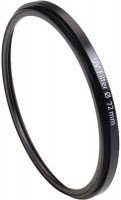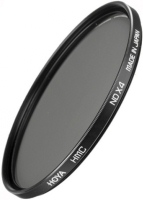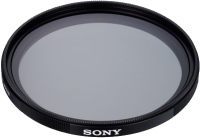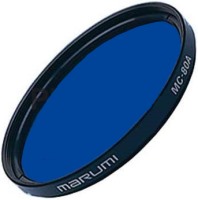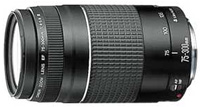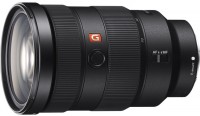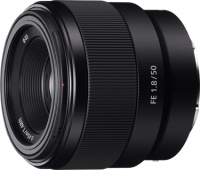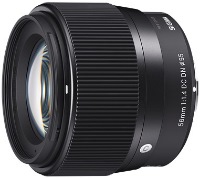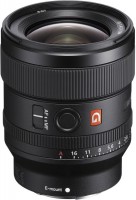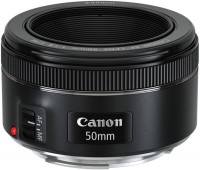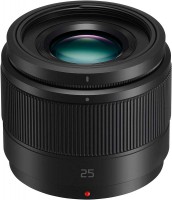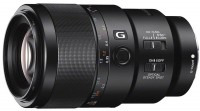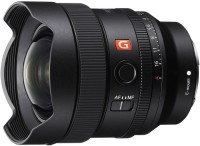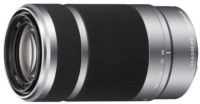Sigma 18-250mm f/3.5-6.3 AF OS HSM DC
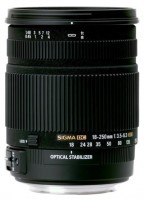 | Outdated Product $263.96 up to $275.08 This lens belongs to wide-range universal models: its focal length covers the area of both "wide-angle" and teleoptics, and is 18-250 mm. It is designed for APS-C matrices and is available for Canon, Nikon, Minolta, Pentax, Sigma and Sony systems with the appropriate mounts. Also worth noting is the ultrasonic autofocus drive and the built-in image stabilizer with 2 modes of operation. |
Sigma 18-250mm f/3.5-6.3 AF OS HSM DC | |||||||||||||||||||||||||||||||||||||
| |||||||||||||||||||||||||||||||||||||
This lens belongs to wide-range universal models: its focal length covers the area of both "wide-angle" and teleoptics, and is 18-250 mm. It is designed for APS-C matrices and is available for Canon, Nikon, Minolta, Pentax, Sigma and Sony systems with the appropriate mounts. Also worth noting is the ultrasonic autofocus drive and the built-in image stabilizer with 2 modes of operation.
The information in the model description is for reference purposes.
Always clarify the specifications and configuration of the product with the online store manager before purchasing.
Catalog Sigma 2025 - new arrivals, bestsellers, and the most relevant models Sigma.
Always clarify the specifications and configuration of the product with the online store manager before purchasing.
Catalog Sigma 2025 - new arrivals, bestsellers, and the most relevant models Sigma.
Video reviews
Sigma lens markings:
Optical stabilization (OS) function
The Optical Stabilizer mechanism developed by SIGMA relies on the readings of two internal lens sensors that record the movement of the camera body both in the vertical and horizontal planes. SIGMA lenses equipped with a stabilization system compare favorably with optics from other manufacturers in terms of efficiency: vibration suppression is achieved by moving a special group of lenses. To achieve high quality photographs in any shooting situation, the photographer can use one of the two modes of the optical stabilization system. Mode 1 provides good image sharpness when moving the camera body both vertically and horizontally and will be useful in a variety of shooting conditions, such as when shooting landscapes or static objects. Mode 2 improves image quality when vibration is present only in the vertical plane, and is effective when shooting action scenes such as car racing.
Ultrasonic Motor (HSM)
The ultrasonic motor drive of the lens ensures quiet and fast focus.
Lens for digital cameras (DC)
This lens is designed in such a way that the diameter of the image formed by the lens exactly matches the size of the sensor of most digital SLR single-lens cameras. The special design makes this lens perfect for digital camera accessories. Additional advantages are compactness and light weight.
Optical stabilization (OS) function
The Optical Stabilizer mechanism developed by SIGMA relies on the readings of two internal lens sensors that record the movement of the camera body both in the vertical and horizontal planes. SIGMA lenses equipped with a stabilization system compare favorably with optics from other manufacturers in terms of efficiency: vibration suppression is achieved by moving a special group of lenses. To achieve high quality photographs in any shooting situation, the photographer can use one of the two modes of the optical stabilization system. Mode 1 provides good image sharpness when moving the camera body both vertically and horizontally and will be useful in a variety of shooting conditions, such as when shooting landscapes or static objects. Mode 2 improves image quality when vibration is present only in the vertical plane, and is effective when shooting action scenes such as car racing.
Ultrasonic Motor (HSM)
The ultrasonic motor drive of the lens ensures quiet and fast focus.
Lens for digital cameras (DC)
This lens is designed in such a way that the diameter of the image formed by the lens exactly matches the size of the sensor of most digital SLR single-lens cameras. The special design makes this lens perfect for digital camera accessories. Additional advantages are compactness and light weight.
We recommendCompare using chart →







